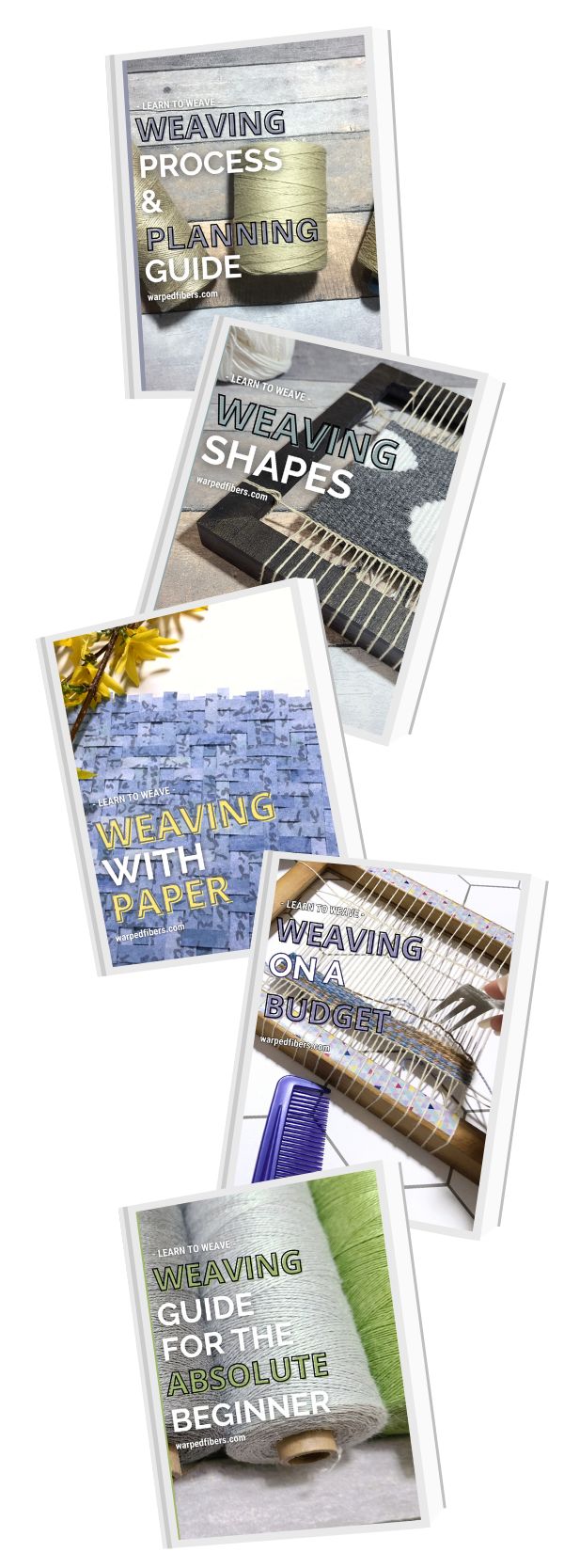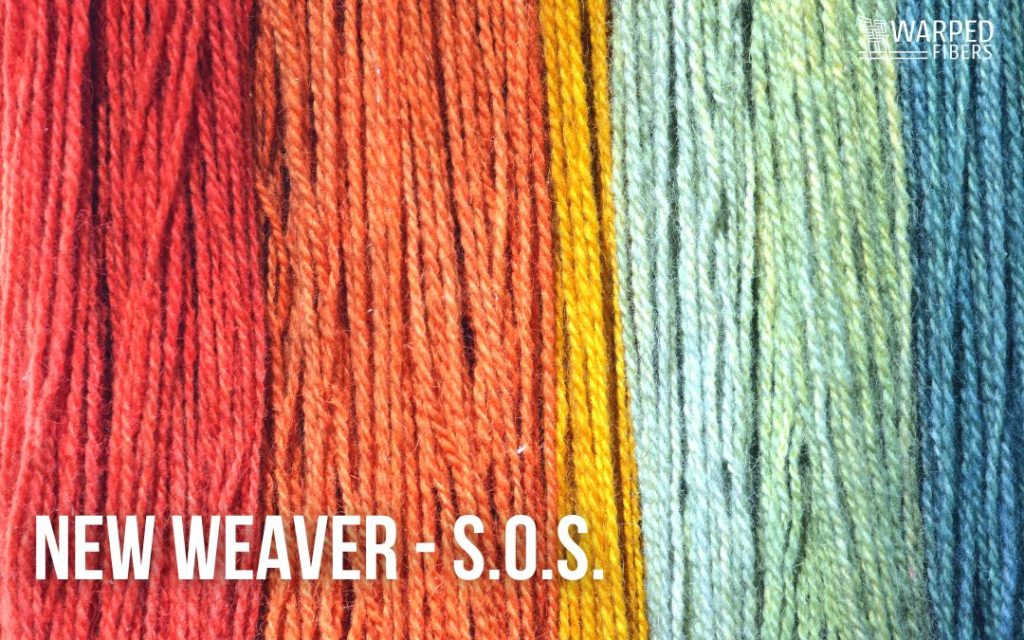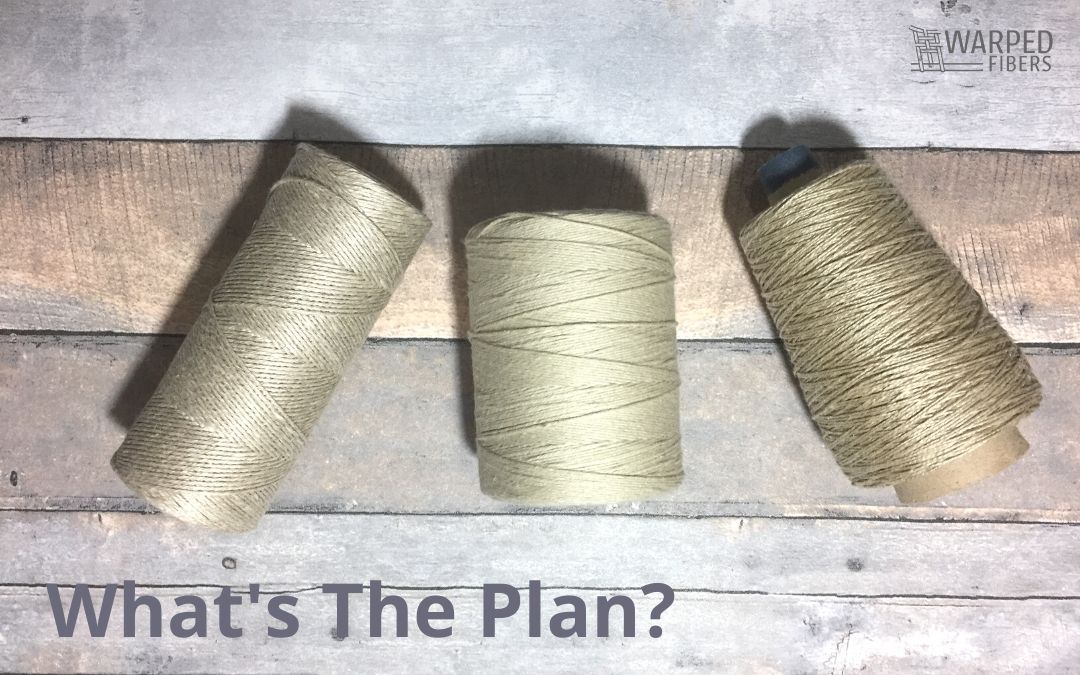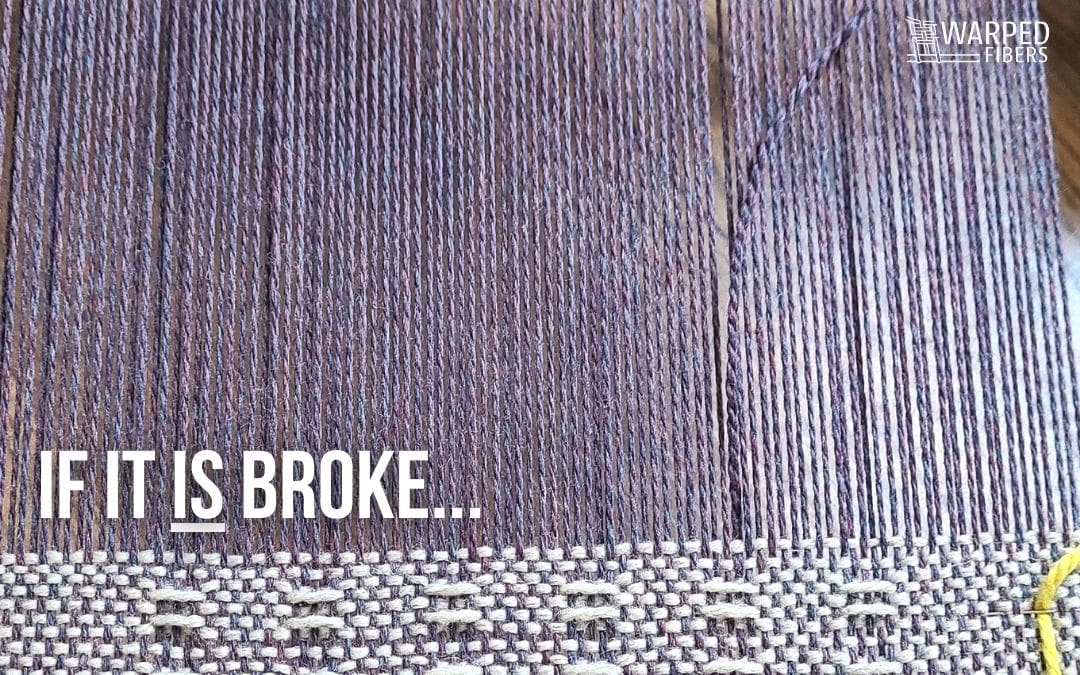Setting up a weaving studio can be … daunting. There are so many things that you WANT, but It can be hard to figure out which weaving studio necessities you will need to get started.
Don’t worry about the big expensive tools right away – start out small so you can figure out what is worth the money and space to you.
So what do you need to get started?
Well, it doesn’t take much to start up you weaving studio, but there are definitely a few things I wouldn’t leave out. Some of these may seem a little… expected? It’s true, you need fiber for your fiber studio. This isn’t a surprise, but if you have never had to buy weaving yarn before – it’s a whole new material world.
Here are the 6 weaving studio necessities that you don’t want to skip.
This post may contain affiliate links. If you purchase something through these links then I will receive a small commission that helps keep the blog going – at no extra cost to you! Please read our DISCLAIMER for more info. Thanks for the support!
Fabric Scissors
If you have spent any time with fabric you probably know how important a dedicated pair of fabric scissors truly is. The magnitude of having a great pair of fabric scissors is not to be overlooked. It can be very frustrating to pick up a pair of scissors and fight with them because they have mysteriously become dull. Label these. Tell your family not to touch them. Hide them if you must.
Don’t let them dull your blades!
Another similar option if you won’t be cutting fabric is a pair of yarn snips. At one point I would have thought these unnecessary, but the convenience of putting them around my neck and having them on me at all times is undeniable. They are compact and their spring design is perfect for when you are changing yarn a lot and when finishing your ends.
Time is precious.
Just be careful because since their design means they are always open, it is easy to stab yourself if pulling them out of a bag. I learned this the hard way. They’re REALLY sharp and most don’t come with a cover. I have THESE snips and I love them because they’re more ergonomic and the teal is a great color! You can also get THESE snips if you’re looking for something even more inexpensive and in a multi-pack (in case you have a tendency to misplace them…)
Tape Measure/ Yard Stick/ Ruler
There will always be something to measure. Whether it’s warp, fabric, or your finished weaving – keeping a measuring device handy is always a good idea.
Yardsticks and rulers are good to keep around for measuring out yarn or as a hard edge if ever you need to rip some paper. You can use the yardstick to measure out a guide string for your warping board and as your straight edge for creating your EPI mini-loom. When using a ruler as a straight edge to cut something – cork backed rulers are the way to go. No slipping.
I have a 12-inch ruler, a cork-backed ruler, a t-square, and multiple soft tape measures around the studio. That is probably overkill, but I always have the measuring device I need when I need it. If you are starting with just 1 – choose the soft tape measure. It’s portable, versatile, and it measures – arguably the most important aspect.
Needles
All kinds really. I have … a lot of tapestry needles. Some might say too many.
I don’t listen to those people.
Honestly, I am always misplacing them and instead of losing my momentum I just pick up another. Luckily, they’re blunt so it’s not a big deal if you find it with your foot. You can get tapestry needles in metal and plastic. Go for metal. The plastic ones are flimsy and who needs more plastic?
I keep my needles in little containers that used to hold eyeglass screws, but any small container would work. Think film canisters, old pill bottles, or small fabric pouches. You can also purchase separate containers specifically made for transporting needles – if you feel so inclined.
THESE are great because they have a little bend at the tip to help pick up your yarns as you move across your weaving. They also come in a convenient storage container – so no need for a separate purchase.
Having a variety of sharps around is great too. They are often sold in variety packs and can be used for tasks such as sewing velcro onto the back of your weaving or working on an embroidery. Just try to avoid having to find these with your foot.
Ouch.
You can learn more about the different types of tapestry needles and when you should use each kind HERE.
Frame Loom
Even if you are planning to weave on a floor loom – the advantages of a frame loom cannot be overlooked.
Think of a frame loom as the sketchbook of the weaving world. You can use it to plan out projects and try out new ideas. Their size makes them great to take with you to the park or on vacation. Weaving on the beach? Yes, please!
A frame loom doesn’t have to be fancy. In fact, I could actually argue that simple is better.
Made from either canvas stretcher bars or an old picture frame. I learned to weave on a frame made from 18”x24” stretcher bars and I still use it today. Stretcher bars are great because you can choose the size that you want and they can be found at any art supply store. THESE are my favorite – they’re inexpensive and get the job done. Standard size stretcher bars are better than heavy-duty. The heavy-duty ones are too thick and harder to workaround.
Picture frames are easy to find in thrift stores, clearance sections, or you might have some just laying around. They are perfect for when you want something smaller and/or more attractive.
If you’re interested in learning more about the different types of frame looms then check out THIS post.
Fiber!
Of course, you need fiber if you are going to be doing fiber art, but what kind of fiber and where do you get it? If you are on a budget then there are options. I recommend looking around your area to see if there is a scrap store where you can purchase inexpensive materials. They may not always have exactly what you are looking for, but sometimes letting the materials dictate the project can be fun!
If you need something specific, check to see if you are lucky enough to have a local yarn store (LYS) in your area or do what I do: order online. Learn the best places to order yarn online HERE. Unfortunately, most craft stores don’t have weaving in mind. The yarn they carry can be great for crocheting or knitting – possibly even weft, but rarely warp.
Check out THIS blog post where I will talk about choosing the right warp for your project! In the meantime: THIS COTTON YARN is my most used warp yarn for samples (it’s inexpensive, but holds up well to tapestry weaving) and THIS LINEN YARN is my most used warp for everything else (more expensive but incredibly strong).
Sketchbook
A traditional sketchbook is great to have in the studio too. This may not seem super important, but it’s a great idea to keep track of the logistics of your work – materials used, time taken, and inspiration. I like to sketch out my weavings while in progress because it helps me to see where it is going and allows me to make changes.
THIS is my personal favorite sketchbook. I have used this kind for years and they are small enough to be portable, but big enough to fit what you need. I also prefer the hardcover, so I don’t have to worry so much about protecting the pages. A sketchbook can be considered a visual journal. You can record what is going on in your life every time you add a new project idea.
Idea: Label the finished sketchbooks with dates. It’s fun to look back and see what you were thinking 5 years ago.
There are A LOT of other things you could have and might want/ need in your studio, but these are a few of the weaving studio necessities that will get you started if you want to dip your toes in the water before diving in and getting blissfully lost at sea. I’m not sure where that metaphor came from – just roll with it!
More specific material posts to come! What are you interested in getting specifics about?
Let me know in the comments.
⇣ Love It? Share it! ⇣
You May Also Like























What is a stretcher bar?
Stretcher bars are the foundation pieces for a stretched canvas you would use for painting. Once put together (prior to canvas being stretched over them) they create a frame that works well for frame weaving!